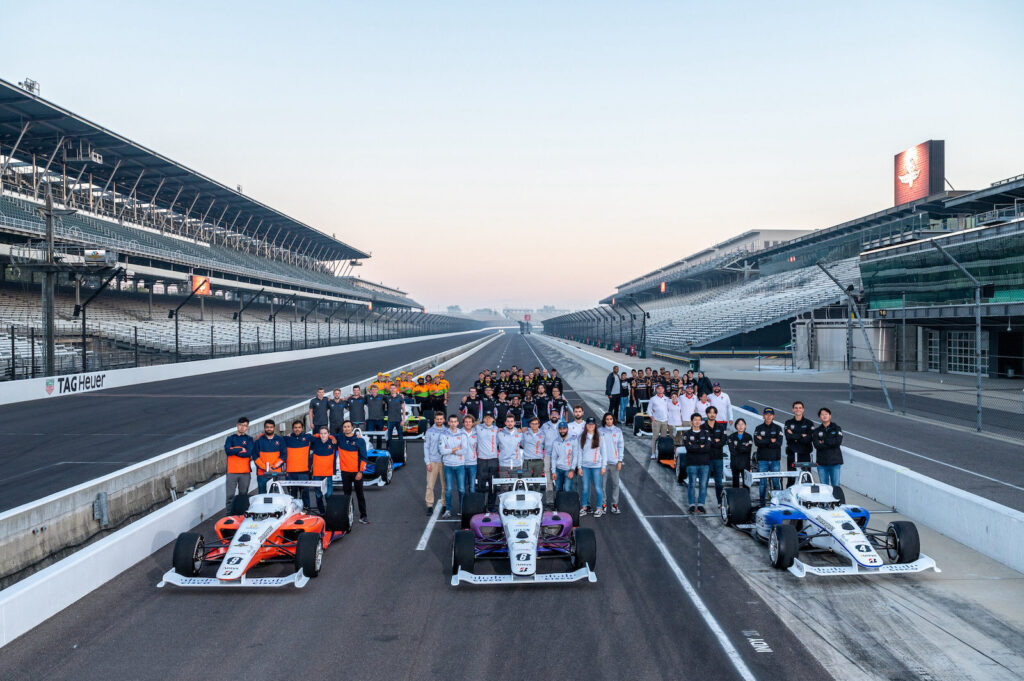
Look closely at the racecars being readied for Friday’s race at the Las Vegas Motor Speedway, and you may not give it a second thought. But look closer, and you’ll find there’s no accommodations for a driver.
As racing series go, it’s the one you might not have heard about. It’s known as The Indy Autonomous Challenge, a series of autonomous races meant to improve autonomous car technology. Yes, the technology is new. But the idea is as old as automobiles: racing improves the breed.
A historic day for autonomous vehicles
The series’ most recent race, prior to the one Friday, was held at the Indianapolis Motor Speedway in October. At that race, each teams’ vehicles lap the track one at a time. But Friday’s competition differs.
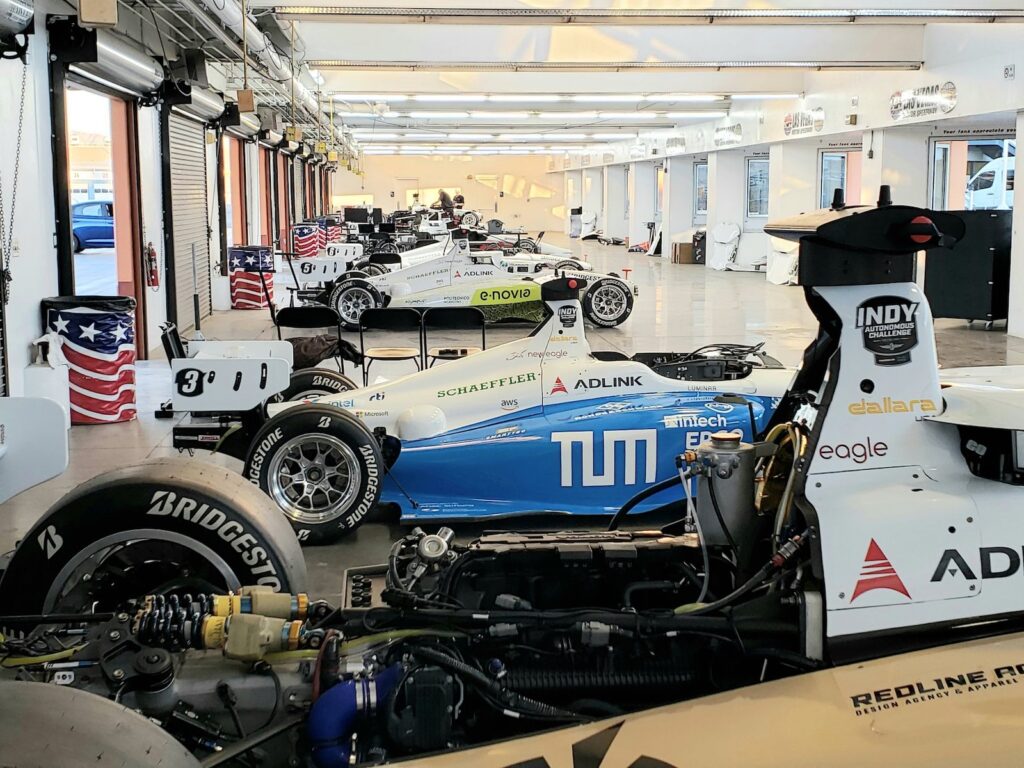
It’s the first high-speed, head-to-head autonomous racecar competition where nine race teams, comprised of participants from 19 universities from eight countries, will compete on a track at the same time.
“Autonomous racing is expanding the boundaries of tech,” said Gary Shapiro, president and CEO of the Consumer Technology Association, which owns and produces the Consumer Electronics Show. “The Autonomous Challenge @ CES will further show our attendees all that is possible with self-driving vehicle technology.”
As if to prove the point, Halo, a driverless car service that uses T-Mobile’s 5G network in Las Vegas, will serve as the official pace car.
Improving the breed
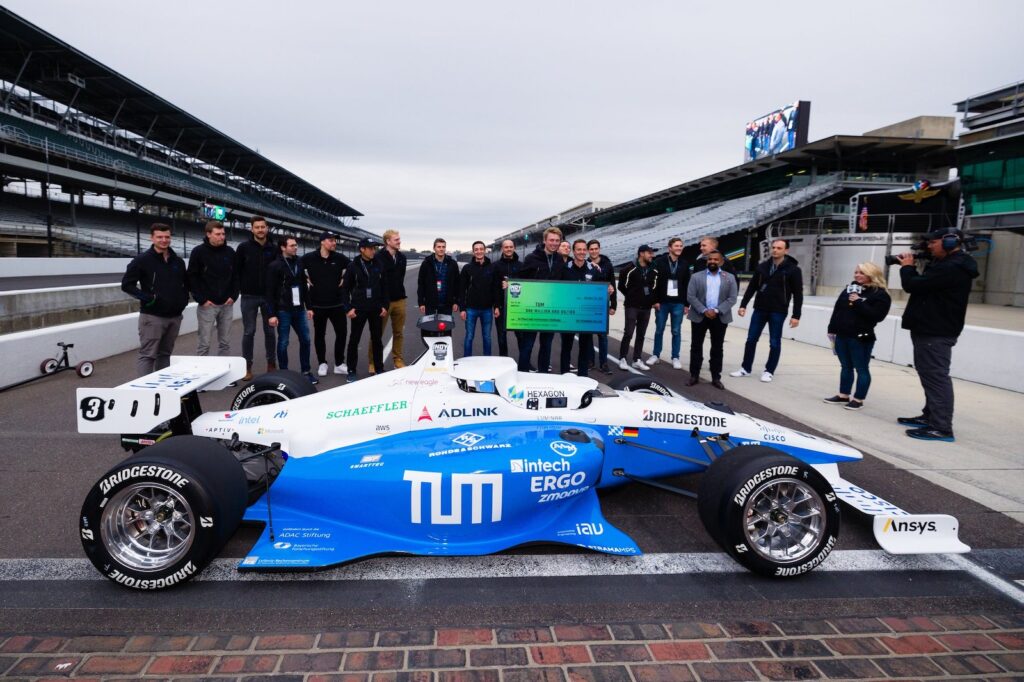
Beyond its publicity value, the race is meant to foster technological innovations that quicken the introduction of fully autonomous vehicles and advanced driver-assistance systems, with innovations coming from the race teams culled from universities worldwide. For these students, it’s the 40,000 lines of code each race car requires that makes a difference in the race, not the car’s driver. The top prize is $1 million.
In October’s competition, TUM, a team from Germany’s Technische Universitat Munchen using a Dallara AV-21 race car won the competition with a combined two-lap average of 135.944 mph. TUM took home the $1 million purse and is using the money to launch a new company that develops SAE Level 4 and 5 autonomous vehicle platforms.
“The IAC allowed us to build a large team of researchers and students, work with top international universities and collaborate with leading autonomous technology supplies,” said Alexander Wischnewski, co-team lead of TUM Autonomous Motorsport. “The competitive environment allowed us to grow our technical and management skills in real-world racing conditions, one of the most demanding applications of technology. It’s exactly what we needed.”
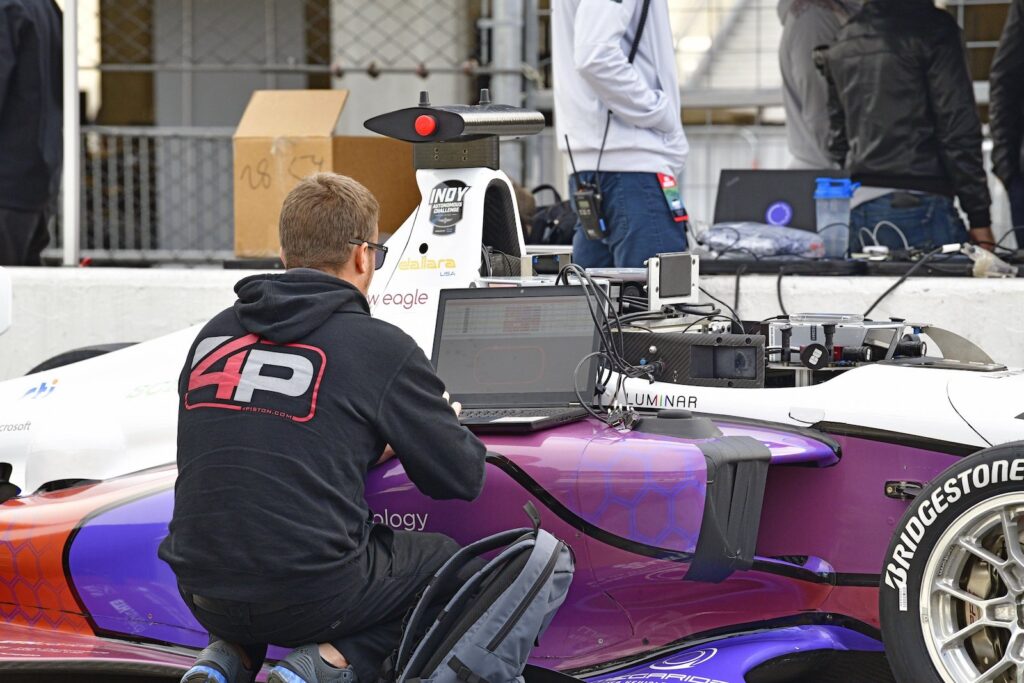
PoliMOVE — an entry fielded by students from Italy’s Politecnico di Milano and the U.S.’s University of Alabama — topped 151 mph in straightaway speed, but couldn’t beat TUM’s total average speed in the October race, with a two-lap average of 124.450 mph.
And the race wasn’t without incidents. That race saw four cars hit the wall, with others doing so during practice. What today’s race holds remains to be seen. But if there are incidents, the only injuries will come from bruised egos.
The premier sponsor behind the race
Orlando, Florida-based Luminar Technologies is the premiere sponsor of the event, which should be no surprise. The company manufactures laser-based lidar sensors that helps enable autonomous automotive technology. Luminar, which claims it’s working with 7 of the top 10 global automakers, has been tapped by Volvo Cars to make laser sensors standard on its flagship SUV due later this year. Luminar has also signed agreements with SAIC Motor Corp., China’s biggest automaker, and Daimler Truck AG. Both Daimler and Volvo are minority investors in Luminar.
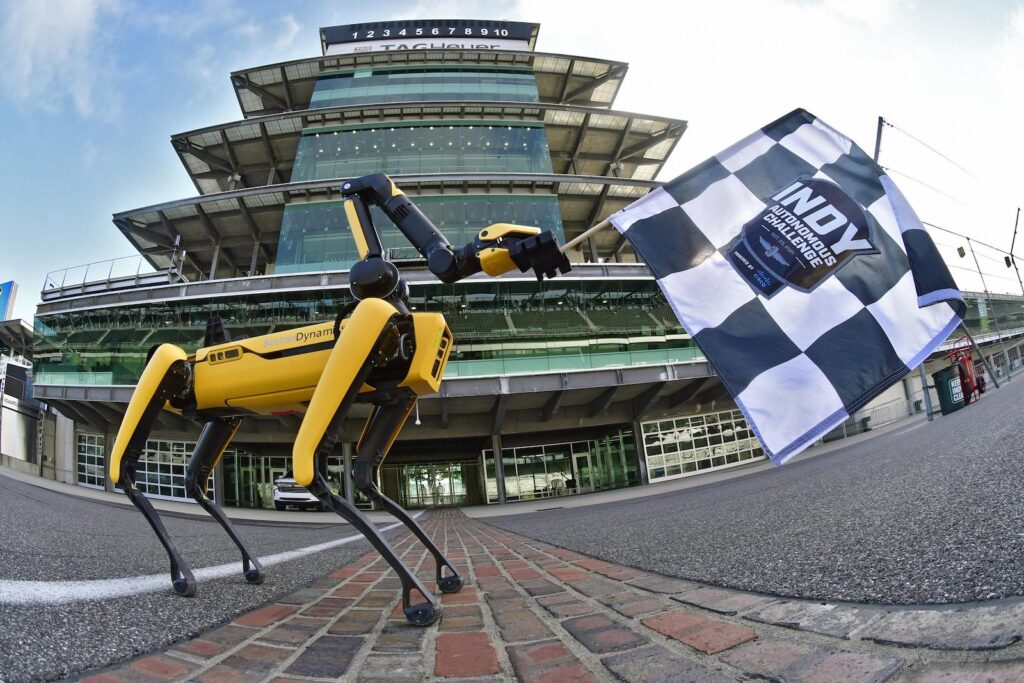
Looking to become a player a major autonomous vehicle supplier, Luminar has been developing Sentinel in collaboration with Zenseact, a Volvo subsidiary. The system integrates Luminar’s lidar, software, and components with Zenseact’s autonomous driving software.
Given its agreement with SAIC, and its collaboration with Zenseact, the company’s plans to open an office in Shanghai alongside SAIC should come as no surprise. Luminar’ systems will be used on SAIC’s R-Brand SUVs. But the company faces competition from other new lidar startups, including Ouster and Innoviz, as well as Velodyne Lidar and Israeli Intel subsidiary MobileEye, which is a Luminar customer — for now.
The Technology Innovation Institute (TII) joins Luminar for this race as a premier sponsor of the event. TII is the research pillar of the Advanced Technology Research Council, a global research and development center that is building an R&D ecosystem in Abu Dhabi and the UAE.



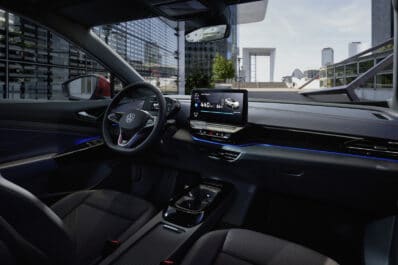

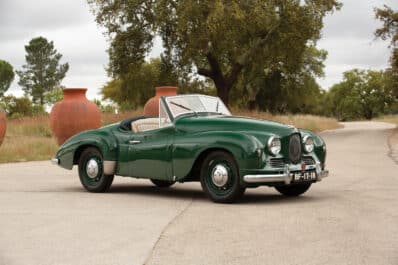
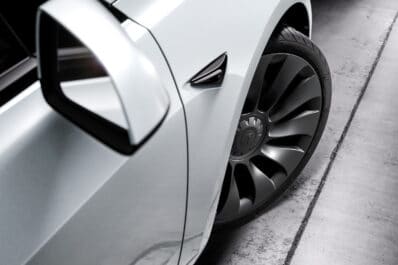

This is truly insane.
Why race if no racers are involved, it’s just joystick racing.
What does it prove?
Nothing.
This kind of technology competition must be useful, or it would not be funded. It is joystick racing, designed to help university teams build better joysticks. It seems clear that all auto racing is becoming more of a technology competition, with the most sophisticated car winning so long as the driver doesn’t make too many mistakes.